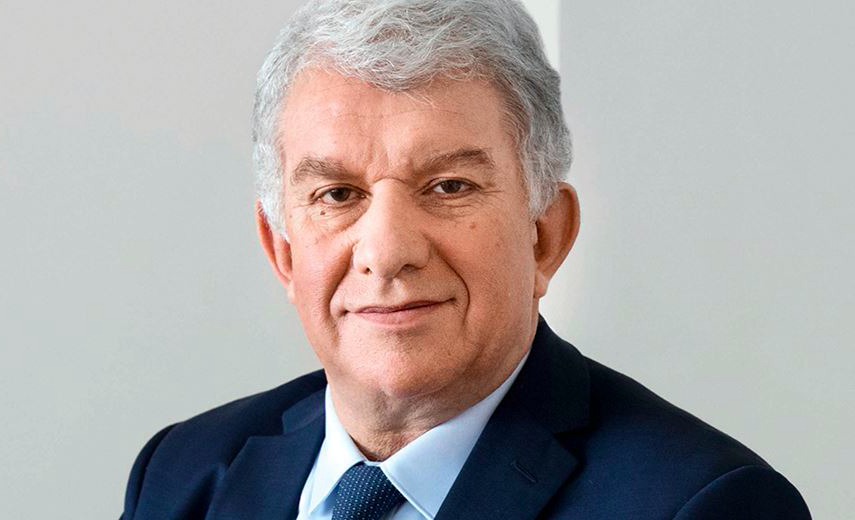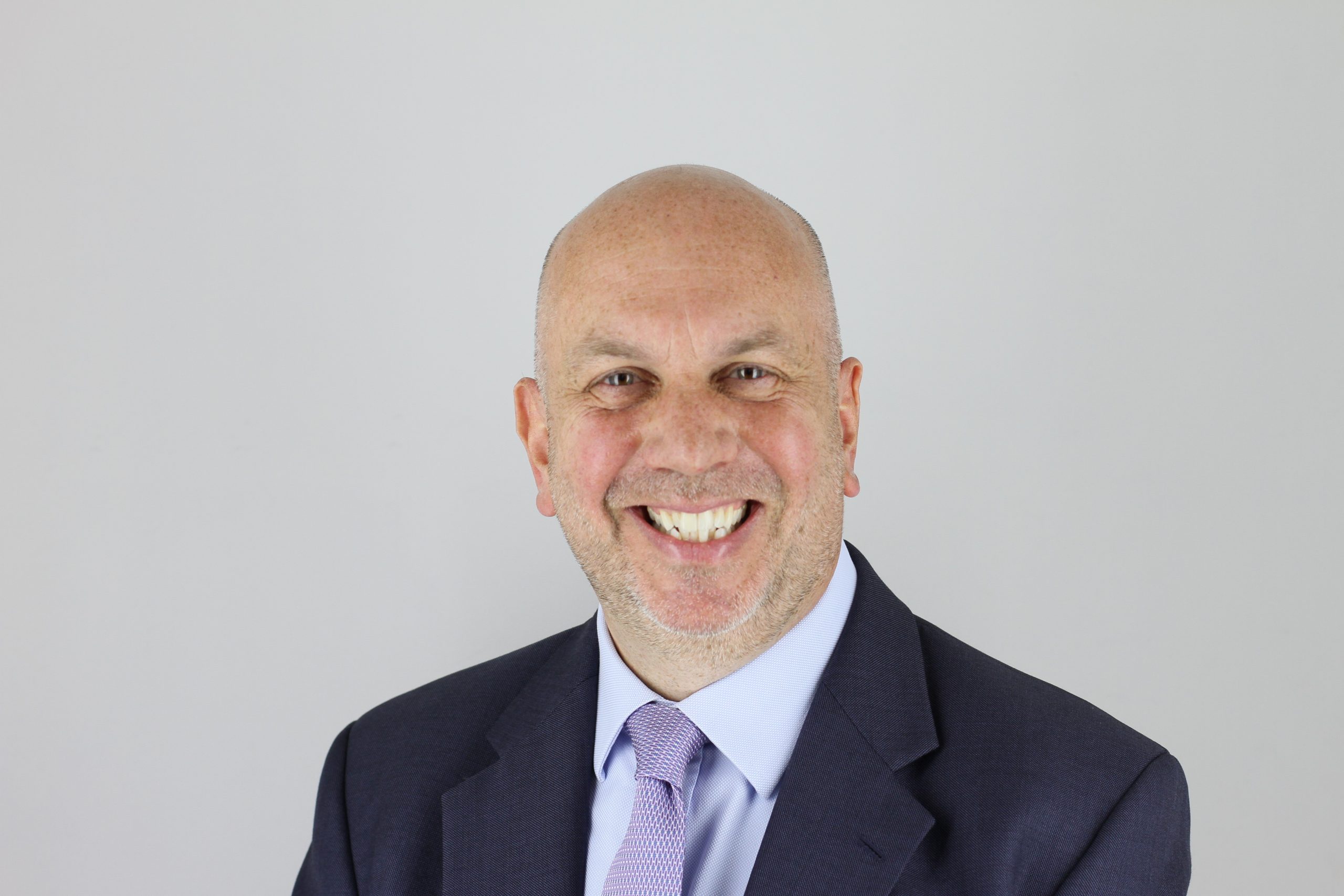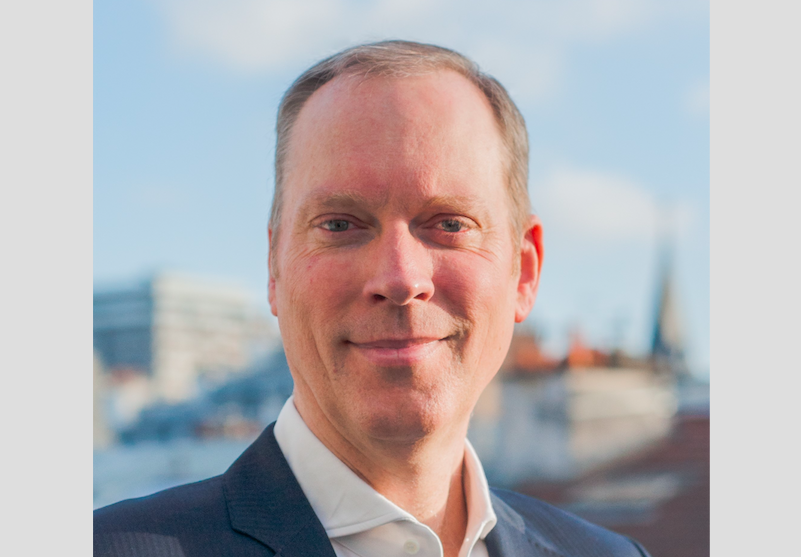Pictet Asset Management: Let the Rally Continue
| By Meritxell Sedo | 0 Comentarios
The global economy is enjoying a strong bounce.
Ample monetary and fiscal stimulus and hopes that the Covid vaccine rollout will accelerate worldwide are encouraging investors to allocate more of their assets into stocks at the expense of bonds.
We don’t expect this pattern to change in the near term, and therefore retain our overweight stance on equities.
However, we recognise that, as the economic recovery is picking up pace in developed economies, an accompanying rise in both long-term interest rates and the US dollar are a threat to countries that have come to depend on cheap dollar funding.
For these reasons, we downgrade emerging equities to neutral. We also remain neutral bonds and underweight cash.

Our business cycle indicators show the global economic recovery is accelerating, thanks to broad-based strength in the US.
American consumers, whose bank accounts are about to be boosted by federal payments of USD1,400, are starting to spend.
Government transfers to households have grown to USD3 trillion since January 2020, equal to a fifth of US personal consumption and three times the amount delivered during the global financial crisis in 2009.
US households’ net financial worth rose 10 per cent to a record USD130 trillion in the year to December 2020, before they received new stimulus checks from President Joe Biden’s USD1.9 trillion package.
A 10 per cent increase in net worth typically leads to a 1 per cent rise in personal consumption, which contributes nearly 70 per cent to economic output. Taking this into account, we expect the world’s biggest economy to grow by as much as 7 per cent in real terms this year, double the pace in 2020.
Strong economic conditions will put upward pressure on inflation, but price rises should be gradual.
We think price pressures for goods – the result of temporary factors such as higher commodities and supply bottlenecks – should ease in the coming months, helping offset higher service sector inflation later this year.
We don’t think a sustained pick-up in US inflation beyond the US Federal Reserve’s 2.0 per cent target next year is likely unless tight labour market conditions trigger sharp wage increases.
Elsewhere, China’s economic recovery remains strong and self-sustaining. Non-manufacturing activity expanded for 11 months in a row in March, while export growth is 32 per cent above trend. The property market shows no signs of slowing down, underpinning demand for commodities.
We upgrade our 2021 real GDP growth forecast by 1 percentage point to 10.5 per cent.
The euro zone is lagging behind as a renewed wave of Covid infections forces countries to introduce restrictions on social and economic activity.
We expect the economy to recover in the second quarter, helped by improvements in the region’s vaccination programme. The region’s EUR2 trillion fiscal stimulus package, due to become available in the same period, will also offer some support.

Our liquidity conditions indicators show that central bank stimulus remains sufficient, but a few countries are beginning to tighten the monetary reins.
In China, which is responsible for at least a fifth of global liquidity supply, conditions are becoming restrictive, which could weigh on equity valuations later this year. The country’s excess liquidity — the difference between the rate of increase in money supply and nominal GDP growth – has contracted on a year-on-year basis, while the credit impulse – or the flow of new credit from the private sector — has fallen back to its two decade average after hitting its highest since 2009 in October.
In other emerging countries, a sharp rise in global bond yields and the dollar have exposed limits to easy monetary policy. Turkey, Brazil and Russia were already forced to withdraw policy support at a time when their economies are weak in order to defend their currencies and combat inflation.
In contrast, US liquidity conditions remain supportive of risky assets for now. Our calculations show effective US interest rates – adjusted for inflation and quantitative easing measures – stand at a record low of -4.7 per cent.
The Fed is keeping monetary conditions ultra loose despite a booming economy, which raises risks that the central bank will announce a move to scale back its monetary stimulus in the near future.
Our valuation signals are negative for risky assets, with global stocks hitting the most expensive level since 2008 on our models. Our technical readings are mildly positive for risky assets with equities drawing inflows of almost USD350 billion this year.
In contrast, emerging assets are suffering. According to the Institute of International Finance, a sharp rise in US long-term rates has triggered outflows of nearly USD500 million on a six-week moving average basis, levels last seen at the height of the 2013 “taper tantrum”.
Equities regions and sectors: reining in emerging markets but cyclicals attractive
After their powerful run, we downgrade emerging market equities to neutral from overweight on a tactical basis. A number of factors weigh against these assets in the short-term.
Having rallied some 70 per cent off their lows of last year and delivered an 8 percentage point outperformance over global equities, emerging market stocks are no longer cheap. Growth momentum has shifted from China to the US while the dollar and real rates are both heading higher – an environment in which emerging markets typically struggle.
And then there are a few question marks over how emerging market stocks will react to the eventual withdrawal of central bank stimulus in the developed world. For the most part, developing economies’ external accounts are in better shape than in the run-up to the 2013 taper-tantrum (when the Fed slowed quantitative easing asset purchases). But they still face the prospect of having to defend their currencies and combat inflation by withdrawing policy support even as their recoveries are incomplete. Brazil, Russia and Turkey have already moved towards normalising monetary policy over the past month.
In US equity markets, rich valuations can only be sustained if trend growth remains steady, corporate profit margins remain above average and bond yields remain below 2 per cent.

By contrast rising real yields create conditions in which value stocks, and developed equities tend to outperform – particularly Japanese stocks, on which we remain overweight.
We retain a bias for cyclical stocks and continue to hold overweight positions on industrials, materials and consumer discretionary stocks. Broadly speaking, value stocks look a better prospect than their growth counterparts in light of the fact that real rates are still well below trend and heading higher. Our preferred value play is financials. Technical factors support our overweight position on the sector despite its 15 per cent outperformance since last October.
Fixed income and currencies: steering clear of corporate debt
The fear of inflation is rippling through the global bond market. With the economic recovery gaining strength and companies and consumers sitting on piles of cash waiting to be spent, it is reasonable to expect a pick-up in price pressures at some point. But some parts of the bond market are more susceptible to inflation than others.
Corporate debt is the most vulnerable asset class in a period of rising growth and inflation, in our view. US investment grade credit offers no coupon buffer – at 2.3 per cent, the initial yield is barely above expected inflation (US 10-year breakeven inflation, as implied by the TIPS yield, is at 2.4 per cent).
US high yield bonds offer even less protection. They are trading at a yield premium of just 1 per cent over equities, compared to the 10-15 per cent gap seen after previous recessions (1).
Record corporate leverage (with US total credit to non-financial corporate sector at 84 per cent of GDP, according to the Bank for International Settlements) and the prospect of upward wage pressures add further risks as they point to an erosion of corporate profit margins. For these reasons, we remain underweight US high yield debt.
By contrast, we believe Chinese renminbi bonds are well-placed to weather any pick-up in inflation. Indeed, they have already proved their resilience during the recent global bond sell-off, emerging as the only fixed income market which has managed to stay in positive territory in US dollar terms year-to-date. As well as offering attractive coupons above 3 per cent, Chinese renminbi bonds also boast strong diversification benefits as their returns do not correlate strongly with those of developed market bonds and other mainstream asset classes.
Inflation-linked bonds are another area of relative strength, particularly US TIPS.
We also see good potential in US Treasuries, whose valuations are becoming increasingly attractive. Yields on 10-year Treasuries have risen by around 70 basis points in the first three months of 2021, moving towards levels that have triggered rallies in the past. Furthermore, market pricing on interest rates is now broadly in line with economists’ consensus forecasts and with the Fed’s own projections. We see the 10-year yield peaking not much above 1.75 per cent.

Even if yields on US Treasuries stabilise or begin to decline, they should nevertheless remain higher than those offered by other sovereign bonds. That has ramifications for the dollar as the yield gap should help prop up the greenback against most other currencies (see Fig. 4).
However, in the long run we continue to believe that the US currency is in a secular downtrend.
Global markets overview: confidence in recovery grows
As an eventful quarter in the financial markets drew to a close, investors remained as confident as ever in the economy’s ability to bounce back from the ravages of the Covid pandemic. The S&P 500 Index ended the first three months of the year at a record high, having gained more than 5 per cent since the end of December. European stocks did even better with the Stoxx 600 index up some 7 per cent year to date. Further testifying to investors’ animal spirits was a continued decline in the gold price, which has fallen by almost a fifth since hitting a high in August last year; the precious metal’s price is now back to where it was in February 2020.
The stock market’s gains came as monetary and fiscal stimulus continued to flow, particularly across the developed world. In the US, the Biden administration passed mammoth USD1.9 trillion fiscal stimulus bill that will see households receive a payment of USD1,400. On top of that, it also published plans for a USD2.3 trillion infrastructure investment plan, financed by a hike in corporate taxes. In Europe, meanwhile, the European Central Bank stepped up the pace of bond purchases to keep a lid on borrowing costs. Stock markets were also buoyed by a rapid pick-up in merger and acquisition activity. According to Bloomberg data, the volume of M&A deals struck in the first three months of 2021 was USD1.1 trillion – the best start of the year since at least 1998.
As economic prospects brightened, government bond markets began to discount the possibility of a sustained increase in inflationary pressures. The yield on the 10-year US Treasury rose to just over 1.7 per cent from 0.9 per cent at the beginning of the year. The upward move also helped the dollar gain in the currency markets.
Outside developed markets, emerging world assets experienced bouts of severe volatility. Investors were unsettled by turmoil in Turkey, whose stocks, bonds and currency fell after President Recep Erdogan sacked both the governor and the deputy governor of the country’s central bank. The Turkish lira ended the quarter almost 10 per cent down versus the dollar; other emerging market currencies also suffered heavy falls, including the Brazilian real, which fell on concerns of about the country’s weakening fiscal position and its pandemic management. The resignation of some high-profile cabinet members from President Jair Bolsonaro’s government has added to the uncertainty. The currency ended down more than 7 per cent against the dollar.

Opinion written by Luca Paolini, Pictet Asset Management’s Chief Strategist.
Discover Pictet Asset Management’s macro and asset allocation views.
Notes:
(1) Based on US HY yield in real terms less MSCI USA 12m forward dividend yield.
Information, opinions and estimates contained in this document reflect a judgment at the original date of publication and are subject to risks and uncertainties that could cause actual results to differ materially from those presented herein.
Important notes
This material is for distribution to professional investors only. However it is not intended for distribution to any person or entity who is a citizen or resident of any locality, state, country or other jurisdiction where such distribution, publication, or use would be contrary to law or regulation. Information used in the preparation of this document is based upon sources believed to be reliable, but no representation or warranty is given as to the accuracy or completeness of those sources. Any opinion, estimate or forecast may be changed at any time without prior warning. Investors should read the prospectus or offering memorandum before investing in any Pictet managed funds. Tax treatment depends on the individual circumstances of each investor and may be subject to change in the future. Past performance is not a guide to future performance. The value of investments and the income from them can fall as well as rise and is not guaranteed. You may not get back the amount originally invested.
This document has been issued in Switzerland by Pictet Asset Management SA and in the rest of the world by Pictet Asset Management Limited, which is authorised and regulated by the Financial Conduct Authority, and may not be reproduced or distributed, either in part or in full, without their prior authorisation.
For US investors, Shares sold in the United States or to US Persons will only be sold in private placements to accredited investors pursuant to exemptions from SEC registration under the Section 4(2) and Regulation D private placement exemptions under the 1933 Act and qualified clients as defined under the 1940 Act. The Shares of the Pictet funds have not been registered under the 1933 Act and may not, except in transactions which do not violate United States securities laws, be directly or indirectly offered or sold in the United States or to any US Person. The Management Fund Companies of the Pictet Group will not be registered under the 1940 Act.
Pictet Asset Management Inc. (Pictet AM Inc) is responsible for effecting solicitation in North America to promote the portfolio management services of Pictet Asset Management Limited (Pictet AM Ltd) and Pictet Asset Management SA (Pictet AM SA).
In Canada Pictet AM Inc is registered as Portfolio Managerr authorized to conduct marketing activities on behalf of Pictet AM Ltd and Pictet AM SA. In the USA, Pictet AM Inc. is registered as an SEC Investment Adviser and its activities are conducted in full compliance with the SEC rules applicable to the marketing of affiliate entities as prescribed in the Adviser Act of 1940 ref. 17CFR275.206(4)-3.







